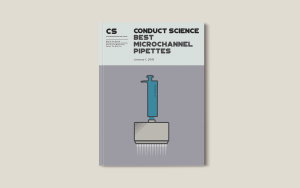
Best Microchannel Pipettes: A Comprehensive Guide
Introduction Pipetting, at first glance, would seem a fairly simple and easy task. Essentially described as glass or plastic tubes used to measure and transfer

The huge variety of National Institute of Health (NIH) funding programs and grants can at best be confusing and outright bewildering on the average. If you are pursuing a certain grant as a new/ junior investigator and are struggling for an independent career or just starting out as an individual seeking federal funding for projects related to social, behavioral, biomedical, and/or clinical research, the NIH institutes and centers (ICs), have got you covered.
First, you must make yourself comfortably familiar with different research project grants, fellowships, career development awards, and multi-project center grants (Powell, 2019)., before deciding upon the specific support fund and subsequent procedure. Understanding the type and purpose of each NIH grant will help you as a researcher to determine the classification of your project. This article is aimed at explaining Program Project Grants – Center Grants (P series) in an easily grasping manner. P-series consists of multi-project grants that are almost always pursued by the group of investigators employed in the long term, multidisciplinary program projects.
P series grants are large, multi-research, and long-term programs, generally involving several scientists in an organized way to work on various aspects of a far-reaching research projects towards the specific common goal of the whole venture. It is further explained by the NIH designated activity codes to clarify the reach, purpose, and procedure of program project and center grants:
P01: It provides assistance to support a system of research project activities. In other words, an extensive common theme research project is subdivided into relatively smaller various projects. P01 also serves as an Investigator-Initiated Program Project PI, who brings in a group of other independent investigators utilizing common resources and knowledge aiming to contribute towards the singular central research focus or goal.
P20: An exploratory grant is a self-explanatory award that provides monetary assistance to support development planning, preliminary facts and figures, and group meetings required to undertake a wide-ranging multi-project program.
P30: Center core grant is funded independently from subdivided projects assigned to a multidisciplinary group of independent investigators working on joint research programs contributing to the common parent project. P30 provides the assistance needed to organize shared resources and facilities fairly available to every member of the research team.
P50: Specialized center award supports every aspect of the research; whether it’s basic, clinical, or translational. It even provides assistance to projects that may involve additional supportive actions such as extended patient-centered care necessary to the main research. P50 grants, unlike P01, are usually only established after NIH institutes, and centers publish an announcement of a request for applications (RFA) and their methodical needs.
You need to pay special attention to projects’ collaboration with each other as well as the common goal at the program development stage. The NIH-NIAID requires you to have a minimum of two mutually related projects that are also correlated with the underline objective of the research program. Both or more of your interrelated projects should also have individual scientific merit to allow separate standing. You need to have one institution decided upon jointly among the members of investigators groups to act as the grantee. This grantee organization will be legally responsible for funds accountability.
When you are ready to apply for a multi-project grant, follow through with every NIH and NIAID instruction posted on the active funding opportunity announcement (FOAs). Project quantity and clinical trial proposals vary according to the FOAs.
Now that you have a decent idea about the P series program project and center grants’ purpose, let us move on to the procedure leading to successful application submission and review process.
Applying for a multi-project program can be a little more difficult than other awards application processes. You can only apply for a P-series award in response to a request for applications (RFA) announcement unless you are heading an investigator-initiated program project.
Before preparing your application, the sooner you contact a program officer supporting your proposal in the following NIH-NIAID divisions, the better it will be for you to have division’s approval well before the application deadline.
Some of the RFAs for P-series are as follows:
AIDS: The NIH Division of AIDS (DAIDS) – since1986 is committed to the ultimate goal of the national research agenda, which is, Aids Free Generation. The division supports overall research range to develop and advance biological awareness of HIV/AIDS in all its effect along with biomedical research and prevention strategies. The National Institute of Allergy and Infectious extramural clinical trials system for HIV/AIDS has acknowledged bibliometric analyses to be the tool that assists administrators in better understanding of innovative science to address national and global health priorities. (Scott, Jonathan, Jeffrey, Perry, & William, 2011).
Allergy, Immunology, and Transplantation: The Division of Allergy, Immunology, and Transplantation (DAIT) is dedicated to developing efficient diagnostics and treatments for immunologic viruses and ailments. The basic and clinical research conducted through the support of NIAID is aimed at improving our understanding and knowledge of immune system functioning in general; allergic and immunologic diseases specifically with an emphasis on causes, preventions, and treatments.
Microbiology and Infectious Diseases: The Division of Microbiology and Infectious Diseases (DMID) supports researches doing basic, preclinical, or clinical research to halt human transmission of all infective germs with the exception of HIV, through extramural policy funds. The NIAID relies on research discoveries from the biological investigation of the immune system’s reaction to almost 300 under-study infectious microorganisms for prevention and treatments.
Your program officer will guide you about your project approach, general division oriented information, and research proposal in light of institutional policies and your chance of approval. The NIH-NIAID program division approval of your application is essential if your selected grant program is P01. Research program project grant applications – whether new, resubmissions, or renewals – could request up to $500,000 in the direct fund for any given fiscal year. Do not change your application after the approval from the program division without consulting your program and review officers.
Writing a successful grant application is the most significant part of the entire grant procedure: it can quite literally make or break your case. Multi-project grant application writing requires even more attention and capability to present your proposal, from the project topic to all the relevant details, in the best possible manner.
Below is the point by point description of the content for your multi-project grant application:
For multi-project application submission, you are only allowed to use the Application Submission System and Interface for Submission Tracking (ASSIST), unlike other grant applications, Grants.gov does not support Program Project Grants – Center Grants (P series) requests. While you can use the same login information as Grants.gov, your eRA Commons credentials are more easily accessible with ASSIST. To access eRA Commons, you must register yourself along with every principal investigator if you are opting for multiple PI applications. There are only two approved individuals who can operate ASSIST for an application, the first is Grant.gov’s authorized institutional representative and the second is eRA Commons’ signing official.
For you to get familiar with ASSIST’s electronic interface and be prepared in every way for proper submission, the NIH has generated a “test environment” called “Playing” With ASSIST. Go on to the link and practice your final submission until you are accustomed to every rule and regulation.
Multi-project applications review criteria depend on two aspects of your complete application:
The scientific review committee will assess your application through the prism of merit, overall project impact, and synergy between fragmented projects aimed at a singular core components. Let your multi-project applications convincingly illustrate the significance of the research program approach because this is the very basis on which the peer reviewers will evaluate the combined effect over independent research projects. Peer reviewer staff is not liable to consider any leniency whatsoever; it is of utmost importance that you give your absolute best in writing and submitting your grant application.
According to a survey conducted by PubMed.Gov to determine the grant review status for biomedical projects, the ever-growing number of biomedical proposal applications is turning the process of peer review even harder and more strict. (Groves, Hojgaard & Schroter, 2010)
Multi-project Grant Application Scoring Tables is different than other grant awards on account of an overall impact scoring standards. Your each research project, as well as the inclusive program, will be subjected to a 1 to 9 overall impact score scale. The criteria scoring rule will only be applied to your research project unless your application is targeting investigator-initiated P01; in that case, each core project will also get an overall impact score.

Introduction Pipetting, at first glance, would seem a fairly simple and easy task. Essentially described as glass or plastic tubes used to measure and transfer

Resource Identification Initiative: A Key to Scientific Success and Analytics The key to success can be found in the essential principles of the Resource Identification

INTRODUCTION AND BRIEF HISTORY One of the most important pieces of equipment in the laboratory is the centrifuge, which facilitates the separation of samples of
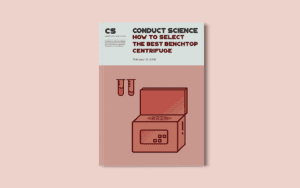
INTRODUCTION AND BRIEF HISTORY One of the most important pieces of equipment in the laboratory is the centrifuge, which facilitates the separation of samples of


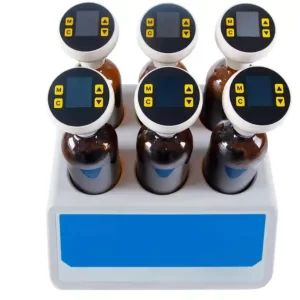

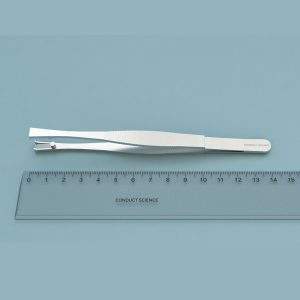
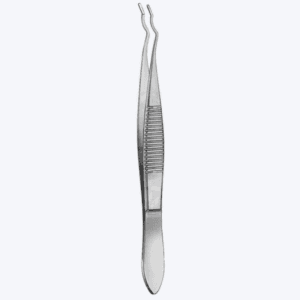
DISCLAIMER: ConductScience and affiliate products are NOT designed for human consumption, testing, or clinical utilization. They are designed for pre-clinical utilization only. Customers purchasing apparatus for the purposes of scientific research or veterinary care affirm adherence to applicable regulatory bodies for the country in which their research or care is conducted.